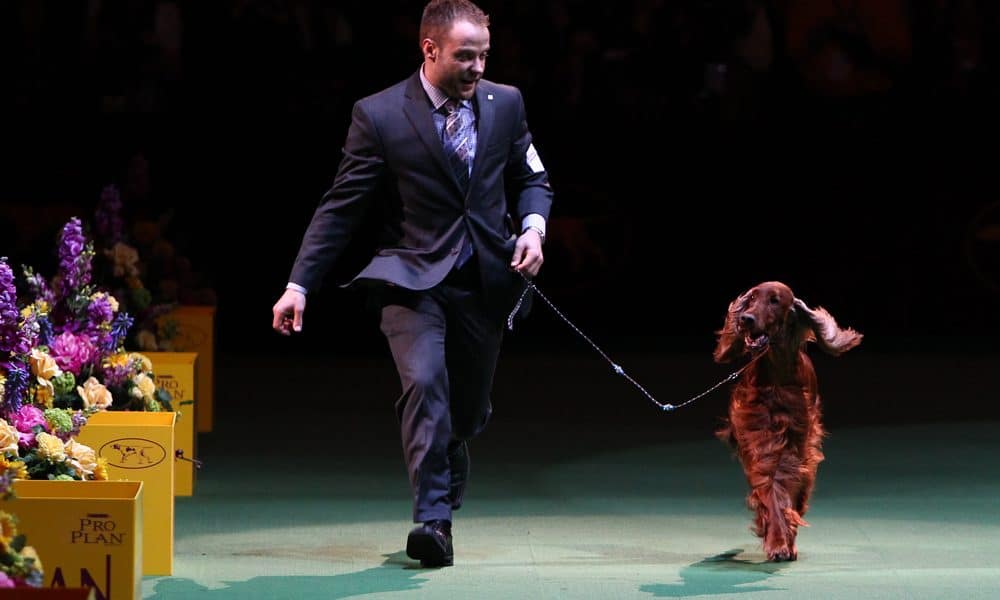 Crufts History
Crufts History
Charles Cruft worked for a dog biscuit manufacturer and regularly attended dog shows in Great Britain and around the world. While at the shows, he grew concerned that the events should promote higher standards. He devised a plan to make that dream a reality. Cruft’s first show took place in 1886 and was called the “First Great Terrier Show.” His initial attempt featured 57 classes and attracted 600 entries. By 1891, he sponsored “Crufts Greatest Dog Show.” He welcomed all breeds of dogs and approximately 2,500 entries. By the turn of the century, entries to the Crufts dog show continued increasing and participants traveled from all parts of Europe and Russia to attend.Though Charles Cruft died in 1838, his widow carried on his work for another four years until she sold the event to The Kennel Club. The shows continued growing in popularity and by 1936, there were more than 10,500 entries representing 80 different dog breeds. In 1948, the number of entrants inspired the club to hold the show in London. An Obedience Championship event was added in 1955. With the ever-growing number of entrants and spectators, Crufts moved to Earls Court in 1979. Three years later, the Kennel Club expanded the show into a three-day event. In 1987, the show once again expanded and became a four-day event scheduled during the first week every March.
With nearly 23,000 dogs entered in 1991, the Guinness Book of Records deemed Crufts the world’s largest dog show. The proceedings continued drawing more dogs and audience members and the Kennel Club continued adding events. Today, approximately 28,000 dogs vie for awards to the delight of around 160,000 spectators.
Crufts Competitions
Throughout the event, dogs and their owners participate in a number of competitions that culminate on the final day with the Best in Show award. Dogs and handlers must have qualified in events from the previous year in order to qualify for competing in individual and team challenges.
Agility
The timed event requires that handlers direct dogs around a specially designed obstacle course. Any mistakes made along the way automatically cost the canine/human team a time penalty.
Obedience
The award for most obedient goes to the contestants that demonstrate the highest score after completing in a number of pre-selected activities. Dogs must act and respond appropriately during lead-off heelwork, obey at distances and retrieve on command. The dogs must also stay for the designated length of time and exhibit scent discrimination.
 Flyball
Flyball
The activity involves a relay race comprised of teams. Four dogs compete simultaneously. Each dog must jump a series of hurdles and stand on a box that releases a ball. The dog then returns the ball to the line where the next team member runs the race.
Heelwork to Music
Dogs and handlers perform a freestyle, choreographed skit set to music.
Young Kennel Club
During the course of the four-day event, members of this group, aged six to 25, compete in the challenges offered to adult teams.
Best in Show
Dogs and handlers begin the overall event by competing against dogs in the same breed and class. There are eight classes in total. In each class, one dog and one bitch receive an award. The two dogs chosen from each breed then vie for the “Best in Breed” title. Once the judges determine the best in each breed category, the dogs compete against one another in their specific group.The numerous groups range from toys to working dogs. The animals determined best in group then vie for the coveted title “Best in Show” and “Reserve Best in Show.” The winners of the best in show event receive a replica of the Keddall Memorial Trophy and a cash award of £100.


